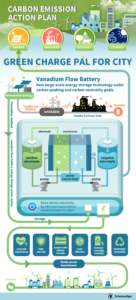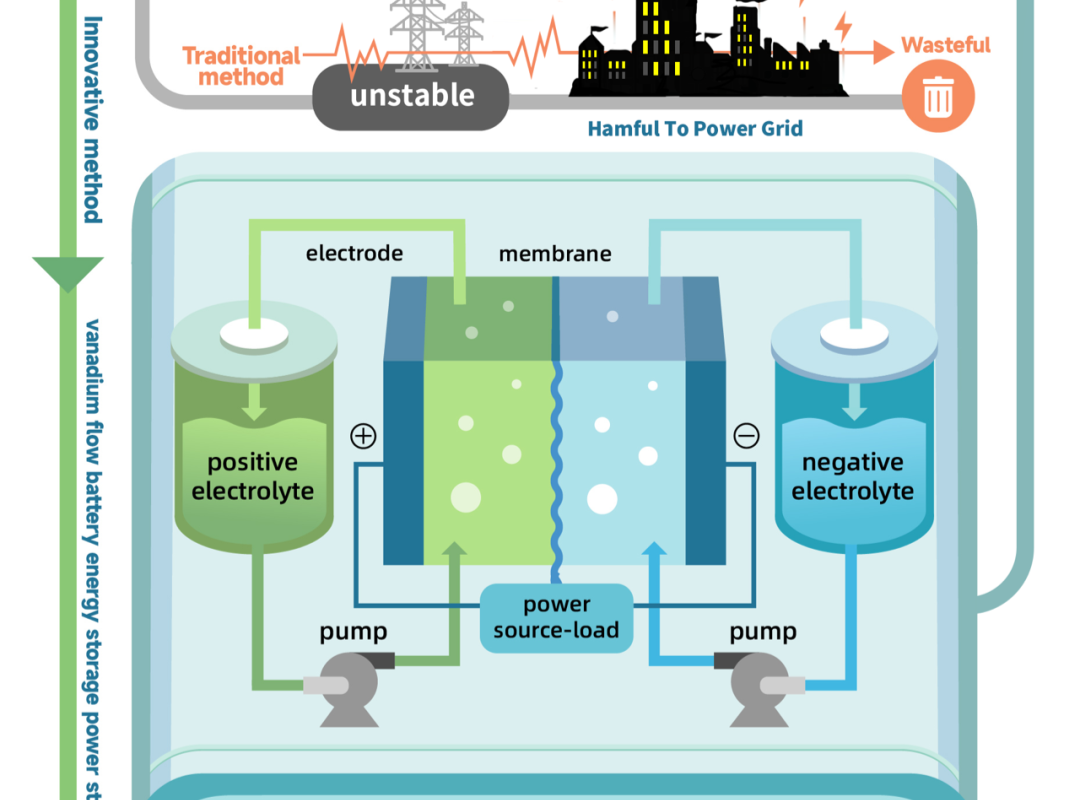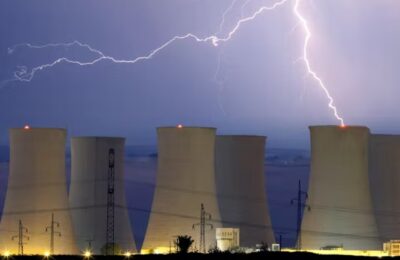World’s largest flow battery connected to the grid in China
Sean Thompson reports:
 According to a press release from the Chinese Academy of Science, on September 29 the city of Dalian in north east China switched on a world-leading new energy storage system, expected to supply enough power for up to 200,000 residents each day. With an initial capacity of 400 MWh and output of 100 MW, the Dalian Flow Battery Energy Storage Peak-shaving Power Station will serve as a power bank for the city and assist in its uptake of renewable energy sources such as wind and solar.
According to a press release from the Chinese Academy of Science, on September 29 the city of Dalian in north east China switched on a world-leading new energy storage system, expected to supply enough power for up to 200,000 residents each day. With an initial capacity of 400 MWh and output of 100 MW, the Dalian Flow Battery Energy Storage Peak-shaving Power Station will serve as a power bank for the city and assist in its uptake of renewable energy sources such as wind and solar.
Unlike the lithium-ion batteries in use in today’s electric vehicles and smartphones etc., which a use variety of lithium compounds as cathodes and, typically, graphite as anodes, flow batteries use massive tanks to store chemical energy in the form of liquid electrolytes which can be converted into electricity by passing the fluid through a special membrane.
Although flow batteries are bulky and have a relatively poor energy-to-volume ratio compared to standard NiMH or lithium batteries they are a relatively cheap energy storage solution, and an attractive one when it comes to renewable energy, as they can store it away for months at a time. This lends itself well to the storage of wind and solar, which is intermittent by nature.
This isn’t the first example of this technology coming into use. Half a dozen or so much smaller examples with capacities ranging from 4 to 60 MWh have been built in the USA, Japan and China in the last decade, and a 120MWh output redox flow battery has been built in underground salt caverns in Jemgum in northwestern Germany, supplying enough daily power for 75,000 homes. The Dalian plant won’t quite meet this output to begin with, but is designed to be scaled up and eventually have a capacity of 800MWh with an output of 200 MW.
It is therefore billed as the world’s largest flow battery so far, and China’s first large-scale chemical energy storage project. Renewable energy sources will charge up the batteries during the “valley” load period, converting electrical energy into chemical energy. This will be converted back into electrical energy for consumers once again during peak grid load periods, serving as a power bank for the city.
More broadly, the station is hoped to serve as a demonstration for how flow batteries can improve reliability and manage spikes in energy demand in China, and help the country work toward reducing its carbon emissions.



